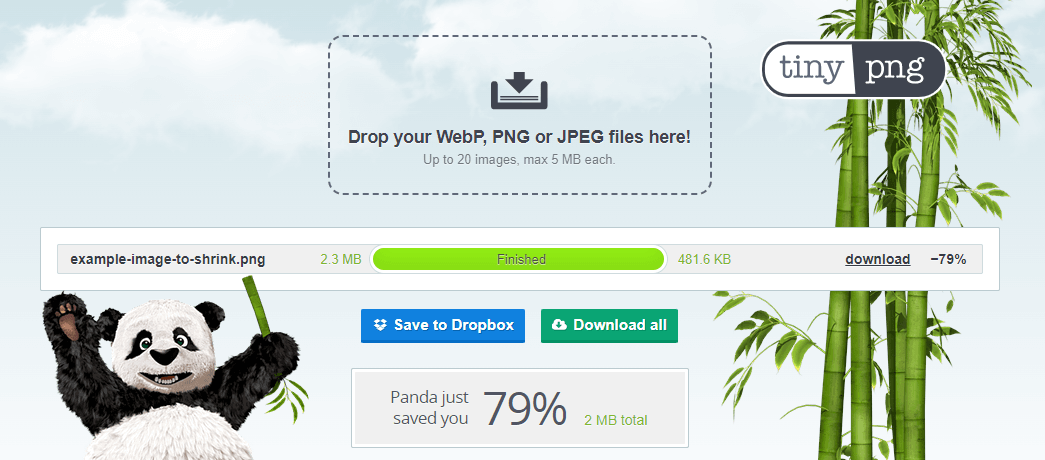SEO Tips for E-commerce: Improve Your Online Shop's Ranking in Google
SEO is an important tool for e-commerce businesses to bring in new customers. Here are the best tips for your online shop to rank higher in Google.

The loading speed of your online shop not only has a great impact on conversions, but also influences your positioning in search engines like Google. In this article, we'll give you 7 tips to increase the loading speed of your site as well as introduce you to some tools that will help you identify the problems that slow down the loading speed of your website and solve them.
When we talk about loading speed, it is important to make it clear that we are referring to the loading speed of a certain website on any type of electronic device. This means that your website must load quickly on a desktop computer as well as a smartphone or tablet.
If we take into account that well more than half of Britons (68%) make online purchases with their mobile devices, it's particularly crucial to pay attention to page load speeds on smartphones.
In fact, according to Think with Google:
"The probability of bounce increases 32% as page load time goes from 1 second to 3 seconds."
Therefore, it is said that the ideal charging time is below 3 seconds.
With that said, here are 7 tips to increase the loading speed of your e-commerce site.
If you already have an online store, you should first take a look at the current state of your site to identify areas for improvement. Google's free PageSpeed Insights tool will help you analyse the loading speed of your site and identify issues that are slowing it down. This tool allows you to find out what actions you need to take to make your pages load several milliseconds or even seconds faster.
A common problem with online stores is the loading speed of images. These are usually quite big and therefore can heavily affect the page load speeds. This is easily fixed by compressing them with a program like TinyPNG (for both PNG and JPG). This program allows you to compress images by about 75% in many cases without losing quality.

Source: Tinypng
Websites are made up of different code. For example, HTML and CSS. Be sure to remove any unnecessary symbols or whitespaces as the Google crawler or spiders read the source code line by line and such superfluous elements significantly increase loading times.
The browser cache is the memory of any browser that is responsible for storing the files that remain static on a website for a longer time (e.g. the logo, product images, CSS files, etc.).
That being said, by storing the files directly on the user's computer, we are able to increase the loading speed of our site, since the user will not have to download these files over and over again. This, in turn, improves the user experience in your online store.
Choosing a good web hosting provider is another significant factor when it comes to increasing the loading speed of a site. The server must be well configured and must be in the place where you want to position your website so that it is able to offer you good service and optimal loading speeds.

Shutterstock/Dean Drobot
If you sell your products internationally, you should work with Content Delivery Networks (CDNs). There, key data such as product images can be stored in a decentralised way. When a request is made to the server, the closest server is used and the loading speed is reduced considerably.
Redirects are often done to prevent the user from ending up on a page that doesn't exist. And although this aspect improves the user experience, too many redirects overload the server and this slows down load times.
So, it is advisable to use tools like SEO Redirection. In this case, it is a plugin used to identify unnecessary redirects and eliminate them.
After finding these redirects, you should check with Google Search Console in order to find which other pages are using the old links. Once you've found these internal links, you can update those pages with the updated URL.
Sometimes, there may be other elements that you use on your site. It can be something as simple as a chatbot or embedded images and videos from third-party sites. Using these elements may slow your page down to a certain degree. Therefore, it's important to have a closer look to see what impact those elements are having on your page speeds.
Ideally, these elements are really there to improve the conversion rates on your site and that should be the biggest factor to consider when deciding whether or not to keep these external elements.
What impact does the Trusted Shops Trustbadge® have on the loading speed of your shop?

Source: Electricals247
The Trusted Shops Trustbadge is an example of a third-party element used to boost conversions in an online shop. The Trustmark paired with the Buyer Protection and service reviews can be a great conversion tool, but what impact does it have on page load speeds?
Shop owners often ask us this question. The Trustbadge has been designed in such a way that it does not slow down the loading time of your site.
It's extremely important to us that consumers have a smooth customer journey in your online shop and that is why our trust solutions are designed to ensure a seamless shopping experience.
This article was translated and adapted from our Spanish language blog: 7 consejos para aumentar la velocidad de carga de tu sitio
01/12/22SEO is an important tool for e-commerce businesses to bring in new customers. Here are the best tips for your online shop to rank higher in Google.
Valentine's Day has grown in popularity across Europe. We're sharing some romantic statistics (redundant, right?) and look at 9 marketing tips for V-day.